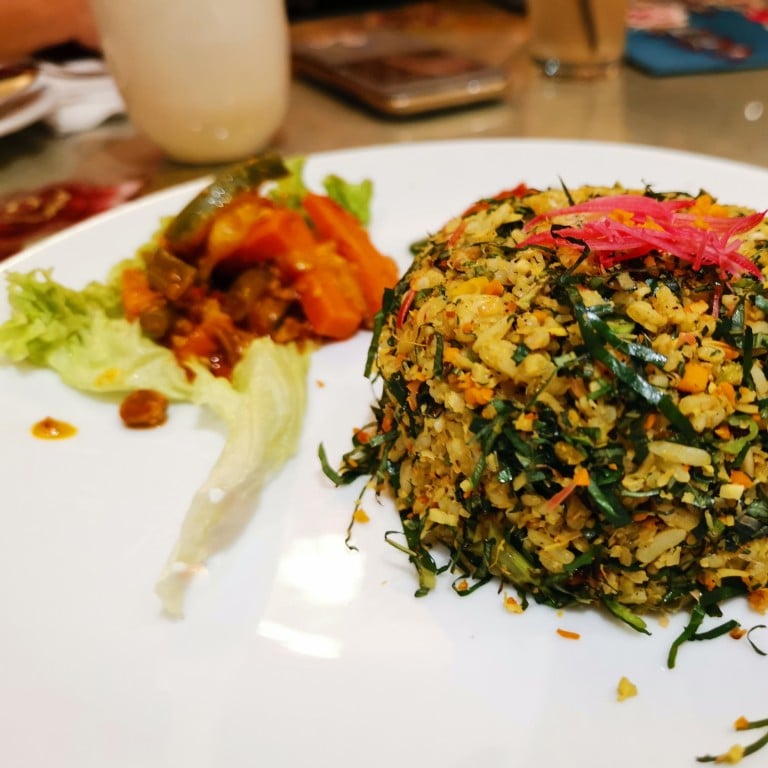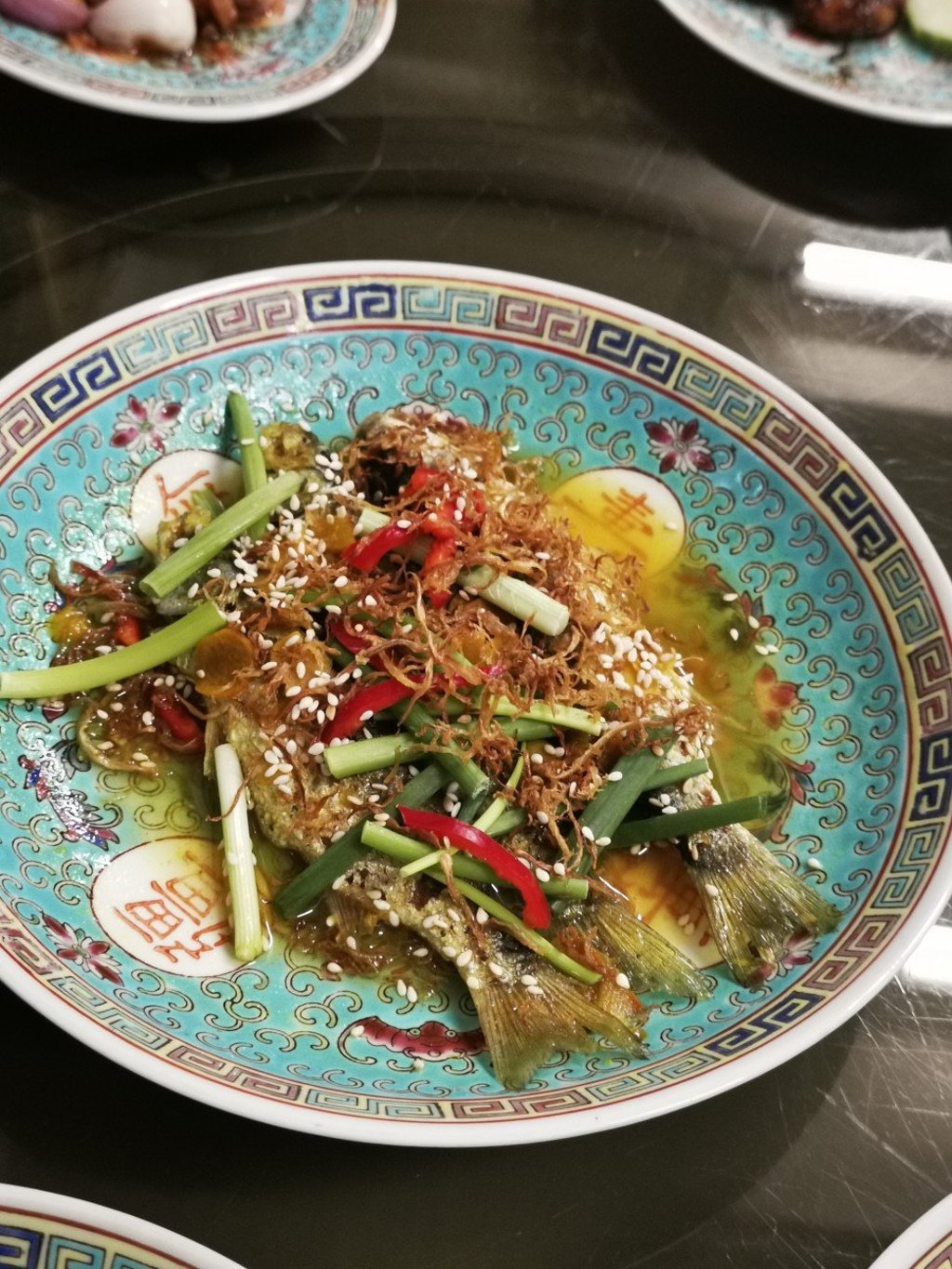Penang's 5 great Nyonya/Peranakan restaurants, a blend of Chinese and Malay cuisines

Richard Rivalee Restaurant, Kebaya Dining Room and The Little Kitchen @ Nyonya are among places serving fine authentic cuisine
The Chinese were some of the earliest settlers in Malaysia. The first wave arrived as far back as the 10th century, but in much larger droves between the 15th and 17th centuries – many from China’s southern provinces.
A great number of these early migrants settled into local life, mixing with the local Malay natives and often inter-marrying.

Their descendants – the Straits-born Chinese – were called Peranakan (Malay for descendants) and also Baba (for men) and Nyonya (women), who adopted a unique culture that blended Chinese and Malay customs.
One of the biggest benefits is the Peranakan or Nyonya cuisine, which uses Chinese ingredients mixed with distinct Malay spices or cooking methods.
A lot of these dishes are more pungent and often use more coconut milk and the spice galangal. You can find these in dishes such as curry kapitan (chicken curry), nyonya laksa or otak-otak (grilled fish cake).
Peranakans have settled mainly in either Penang or southern states such as Malacca; both places offer slight variations to their cuisine.
Yet if you’re in Penang, there’s plenty of Peranakan culture to soak up, and plenty of good Nyonya food, too.
Check out our recommendations for five of the best places to get some authentic experiences.